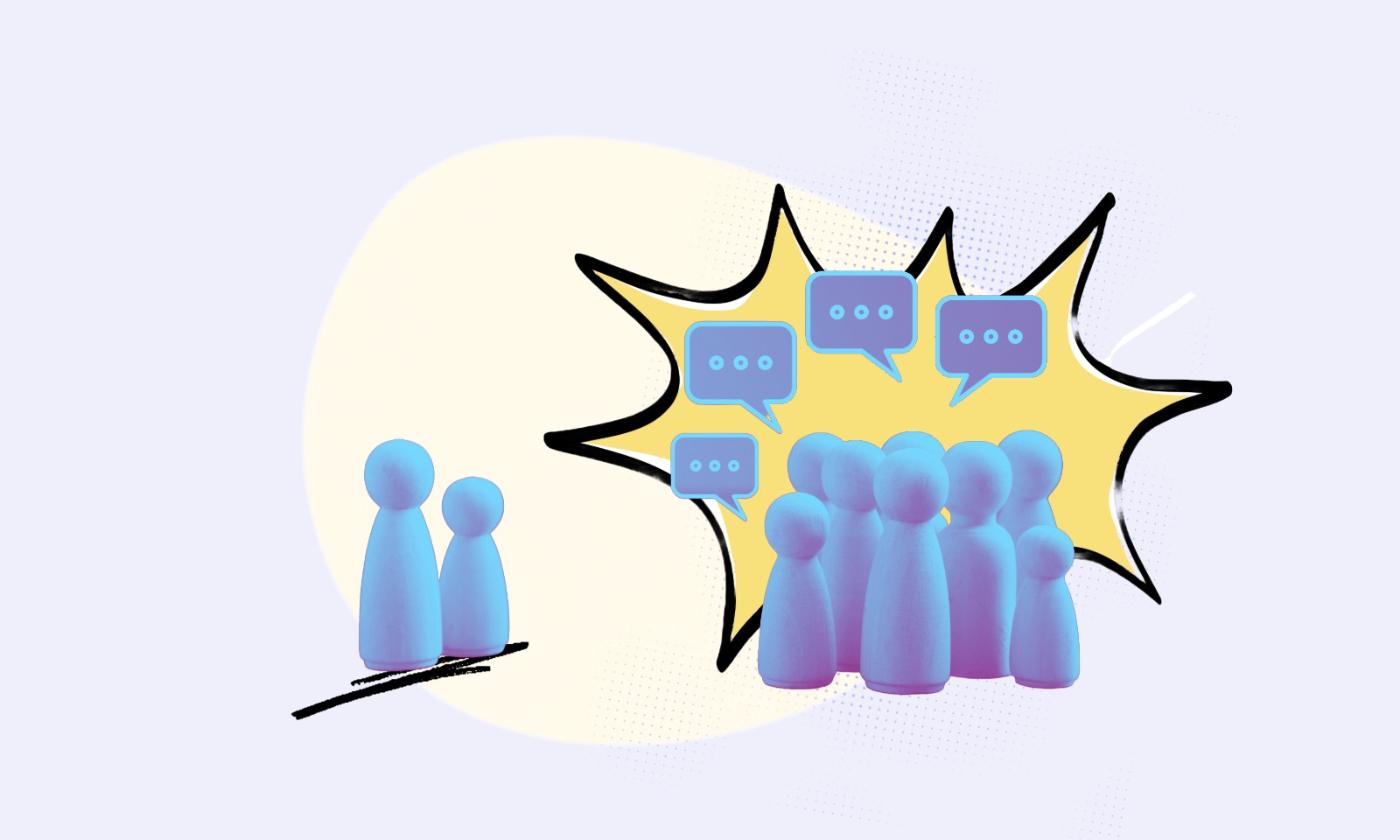Jul 6, 2023
Technology
2
min read

Matthew Tilbury
,
Director
But with so many businesses out there running a plethora of technologies to keep the lights on, how can a composable DXP fit into your existing tech stack?
To address that, we’ve compiled some examples of various technologies and how composable DXPs can fit with them. No doubt your business probably uses some, possibly most of the tech in this list.
It's worth bearing in mind that the availability of integrations may vary depending on the specific composable DXP platform you chose.
Content Management System (CMS): A composable DXP can integrate with a CMS to manage and deliver content across multiple channels and touchpoints. Some examples of popular CMS platforms include WordPress, Umbraco, Adobe, Drupal, and Sitecore.
Digital Commerce Platform: A composable DXP can integrate with your commerce platform to enhance e-commerce functionalities, such as product catalogues, shopping carts, and payment processing. Examples include Shopify, Magento, and WooCommerce.
Customer Relationship Management (CRM): Integrating with your CRM system will enable a composable DXP to leverage customer data for things like personalisation and targeted marketing. Some of the most popular CRM platforms include Salesforce, HubSpot, and Microsoft Dynamics 365.
Marketing Automation: Composable DXPs can integrate with your marketing automation platforms. This will streamline marketing campaigns, lead nurturing, and email marketing. Marketo, Mailchimp, and Pardot are some of the most popular.
Social Media Management: If you have social media management tools then integrating them with a composable DXP will allow you to manage and publish content on social media, monitor social activity, and engage with your customers. Some examples include Hootsuite, Sprout Social, and Buffer.
Analytics and Business Intelligence: Composable DXPs can integrate with your analytics and business intelligence platforms to gather insights, track user behaviour, and optimise digital experiences. The most popular is Google Analytics but others like Matomo, Adobe Analytics, and Tableau are also powerful.
Personalisation Engines: Integrating with personalisation engines allows composable DXPs to deliver tailored content and experiences based on AI, user behaviour and preferences. Some examples include Sitecore Personalize, Evergage, Acquia Lift, and Optimizely.
Search and SEO Tools: Integration with search and SEO tools like Siteimprove, Moz, and Semrush go a long way to enhancing search functionality and optimising content for better discoverability.
Customer Service and Support: If you have customer service and support platforms like Zendesk, Freshdesk, and Salesforce Service Cloud, you could integrate a composable DXP to provide seamless customer service experiences such as live chat, trouble ticketing systems and knowledge bases.
Your goal is to create a tailored experience for your audience. Choosing and integrating the right composable technology for a smooth transition will help achieve that.
Working with Codehouse
At Codehouse, we have many years in design, building and integration. Our teams of consultants are available to help you get the very best from your tech stack. Get in touch to find out how.








